True Velocity 6.8 mm TVCM cartridge: the possible future of the US Army
Currently, the US Army is conducting the Next Generation Squad Weapon (NGSW) program, which aims to create a promising rifle complex with increased fire performance. Several samples are under development weapons different classes and new ammunition for them. One of the participants in the program is True Velocity of Garland, Texas, which has developed the new 6.8 mm TVCM cartridge.
Promising direction
The core business of True Velocity is the development and manufacture of small arms ammunition with a composite metal and plastic sleeve. At the moment, customers are offered a line of seven cartridges of this kind. All popular calibers are available, from 5.56 NATO to .50 BMG.
The US Army's NGSW program has previously attracted a number of different organizations seeking lucrative contracts for future rearmament. True Velocity decided not to stand aside and also applied. She participates in the program as a developer of a promising cartridge with increased characteristics, compatible with various types of weapons.
The new cartridge was designated 6.8 mm TVCM. It is argued that the accumulated experience in the field of ammunition made it possible to carry out its development in the shortest possible time. This stage took only eight weeks, after which the tests began. To date, True Velocity has mastered the production of cartridges with the ability to produce tens of millions of products per year.
As part of the NGSW program, the cartridge manufacturer has joined forces with General Dynamics Ordnance and Tactical Systems. Her automatic rifle RM277-R and light machine gun RM277-AR should use 6.8 mm TVCM ammunition. Not so long ago, GD-OTS transferred all work on this weapon to the newly organized company LoneStar Future Weapons, and in April it announced its continued cooperation with True Velocity.
Cartridges 6.8 mm TVCM are offered for use with advanced weapons of the new development. At the same time, the manufacturer is working on the issues of modernizing existing shooting systems for such ammunition. The first experiments have already been carried out, and the fundamental possibility of such alteration of rifles and machine guns has been confirmed.
In a composite sleeve
The 6.8 mm TVCM product is a 6,8x51 mm unitary rifle cartridge made using several original ideas. With their help, several tasks were solved and advantages were provided over the existing 7,62x51 mm NATO ammunition.
The new 6.8 mm TVCM cartridge is made in the dimensions of the serial 7.62 mm NATO. It has a total length of 71 mm with a maximum sleeve diameter of 12 mm. Due to the composite sleeve, it was possible to reduce the mass of the cartridge by 30% in comparison with the existing one. Gross 7,62x51 mm, depending on the type of bullet, have a mass of approx. 25 g. Accordingly, the new 6.8 mm TVCM weighs no more than 17-18 g.
Composite sleeve 51 mm long consists of two parts. The bottom and a small part of the wall are made in the form of a metal pallet. The pallet, with the exception of the flange, is placed in a plastic case. To increase the internal volume, the neck and shoulder of the plastic part are made as short as possible. This feature allows the 6.8 mm TVCM to be easily distinguished from other cartridges of the same architecture.
The cartridge is equipped with a pointed ogival bullet with a caliber of 6,8 mm. An enhanced propelling charge is used. Its characteristics make it possible to increase the fire characteristics of the weapon, but keep the pressure in the bore at a safe level. Ignition is carried out using a standard primer.
According to the development company, the new cartridge design has provided a number of advantages over the old 7.62 NATO. Despite the lower weight, the promising 6.8 mm TVCM has improved energy. It has a higher penetration effect according to customer requirements. In addition, the effective range of fire has increased by 50%.
There are other advantages as well. Thus, there are no heavy metals in the design of the new cartridge. The steel base allows you to collect the spent cartridges with a magnet, while the metal and plastic are recyclable. Thus, in accordance with modern trends, the 6.8 mm TVCM cartridge is safer to manufacture and use, and the casings handed over for recycling will ultimately reduce the cost of ammunition.
Compatibility issues
The 6.8 mm TVCM was originally developed for the promising NGSC program, namely for the RM277 products from General Dynamics and LoneStar. Testing of such weapons continues, and thanks to the new cartridge, it shows high performance. Moreover, such a complex has every chance of winning the competition with subsequent putting into service.
True Velocity also offers to use its new cartridge with other samples already in service. 6.8 mm TVCM specially made in the dimensions and proportions of the common cartridge. Due to its external and dimensional similarity, it is fully compatible with magazines, belts and feeding systems under 7.62 mm NATO.
To use a 6,8 mm cartridge, you only need to change the standard barrel to a part of a new caliber with a different chamber. The shutter and other parts, designed for 7,62x51 mm, do not need to be replaced, but additional adjustment may be required. In particular, sighting devices must comply with the new ballistics.
Similar capabilities of the cartridge have already been tested using several prototypes. Under 6.8 mm TVCM re-barreled "bolt" rifle M110, as well as machine guns M240B, KAC LAMG and M134. True Velocity recently released a video showing the shooting of all of these items. In addition, they showed how the M240B machine gun can shoot off the tape of old cartridges, immediately get a new barrel and start firing the promising 6.8 mm TVCM.
Demonstration shooting looks good overall. The weapon successfully empties magazines and belts; firing delays are not observed - or they are simply not shown. It is also argued that with the new cartridge, the old weapon gains an increase in a number of basic characteristics. However, the developers do not specify how the increased power cartridge affects the resource and other parameters of the weapon.
Probable leader
Currently, a rifle complex based on the 6.8 mm TVCM cartridge is being tested, during which it demonstrates the characteristics of all its components. In addition, he must show advantages over competing developments. Apparently, the testing program is proceeding without any unpleasant surprises, which allows True Velocity to be very optimistic.
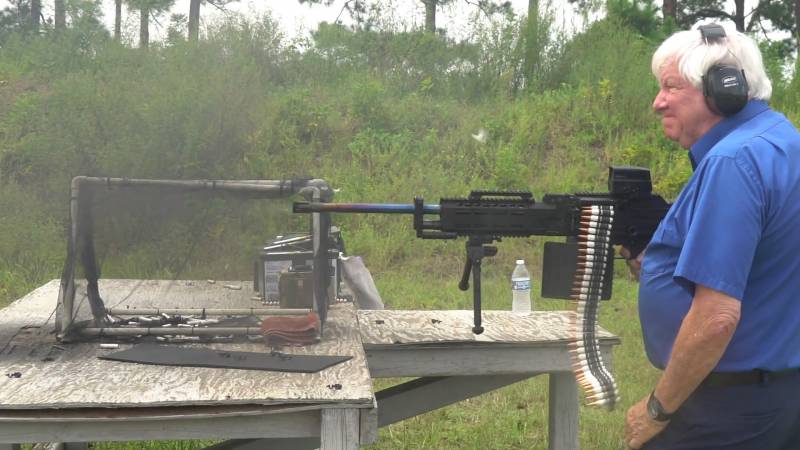
Founder of the Knight's Armament Co. Reed Knight with a LAMG machine gun rearranged under a 6.8 mm TVCM. Recoil allows shooting with one hand
As part of the NGSW program, the 6.8 mm TVCM product competes with the 6,8 mm telescopic cartridge from AAI / Textron. This architecture of the ammunition has important advantages, but it imposes certain requirements on the weapon. Because of this, the Textron rifle and machine gun are more complex, which negatively affects their reliability. It is not known whether it will be possible to correct this deficiency. AAI has been developing telescopic ammunition for small arms for a long time, but there has not yet been a real technological breakthrough.
Thus, at present, the RM277 complex from GD-OTS / LoneStar with a cartridge from True Velocity can be considered the favorite of the program. In addition, the ammunition from this complex can be used with other weapons, after a slight modification. In theory, all this makes it possible to simultaneously produce new weapons and modernize old ones, which will speed up the rearmament of rifle units with a transfer to a single cartridge of increased power.
The technical features and operational prospects of the complex with the 6.8 mm TVCM cartridge are quite capable of capturing the interest of the Pentagon and influencing its choice. However, tests and refinement of promising rifles, machine guns and cartridges have not yet been completed, and a decision has not yet been made. Companies participating in the NGSW program will have to continue to work and compete with each other. How the situation will develop and whether True Velocity will be able to maintain its advantageous position - time will tell.
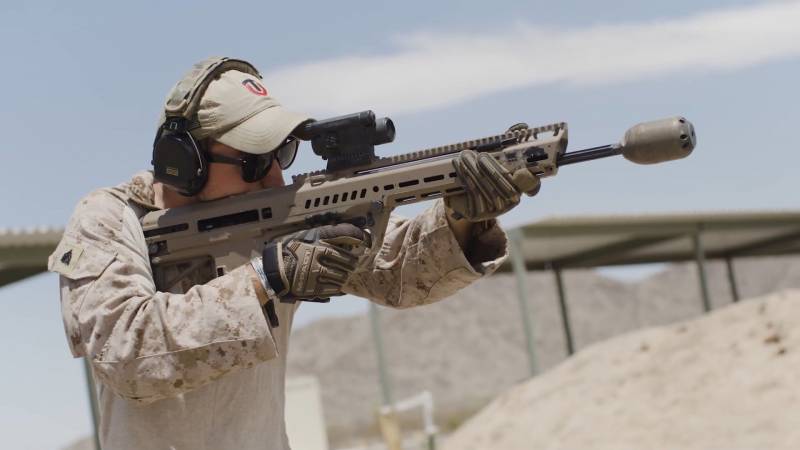
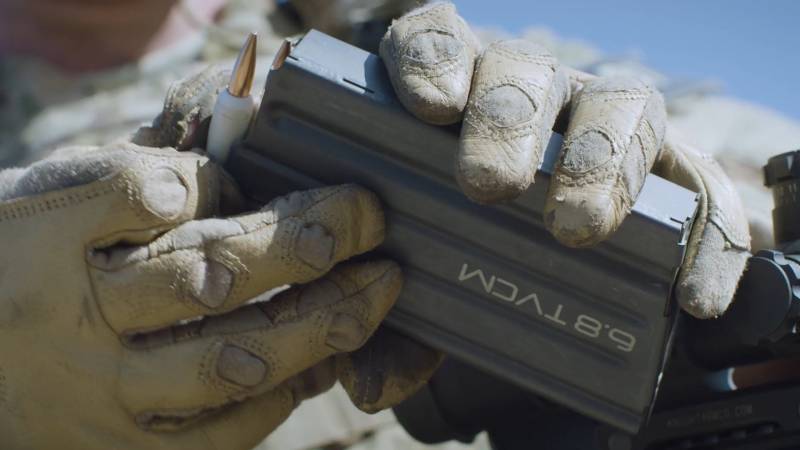
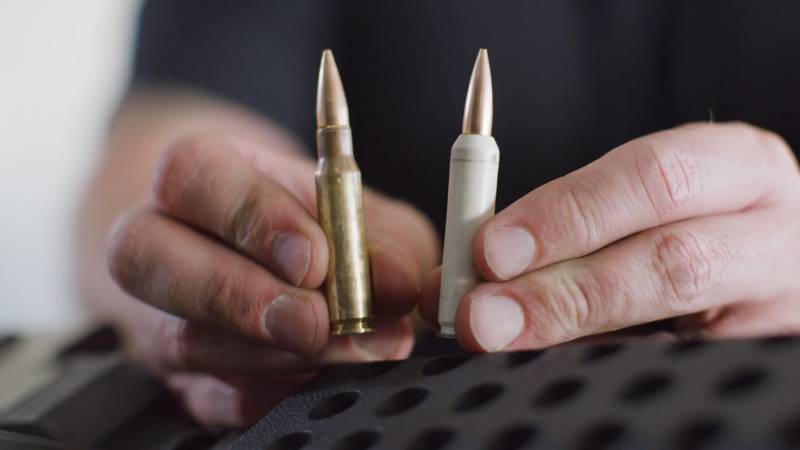
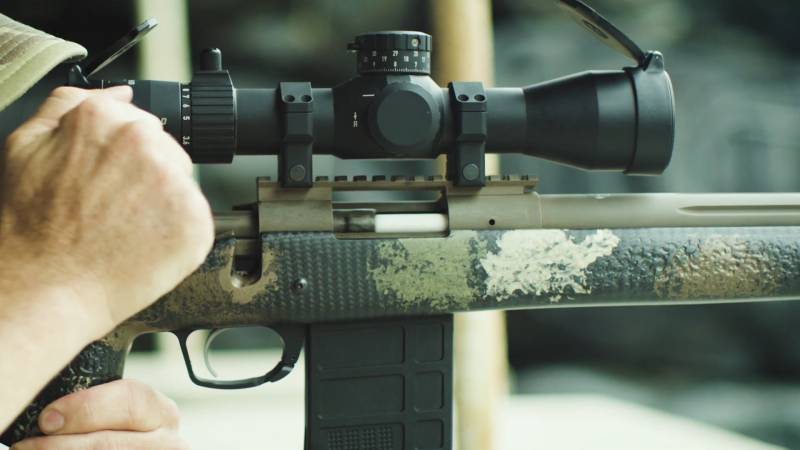
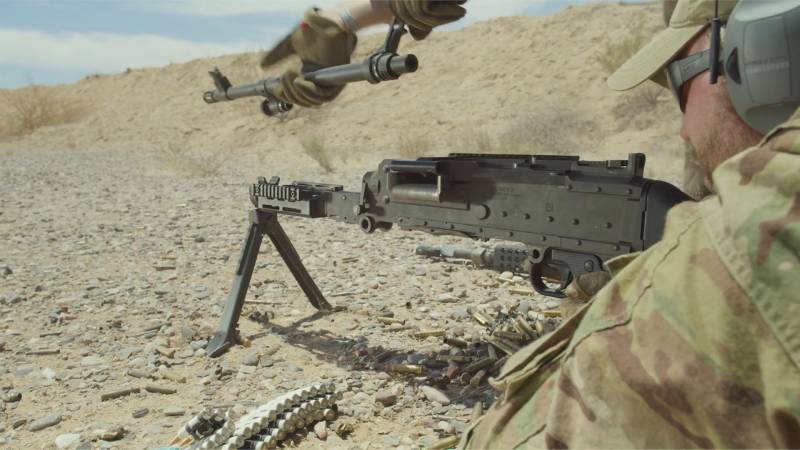
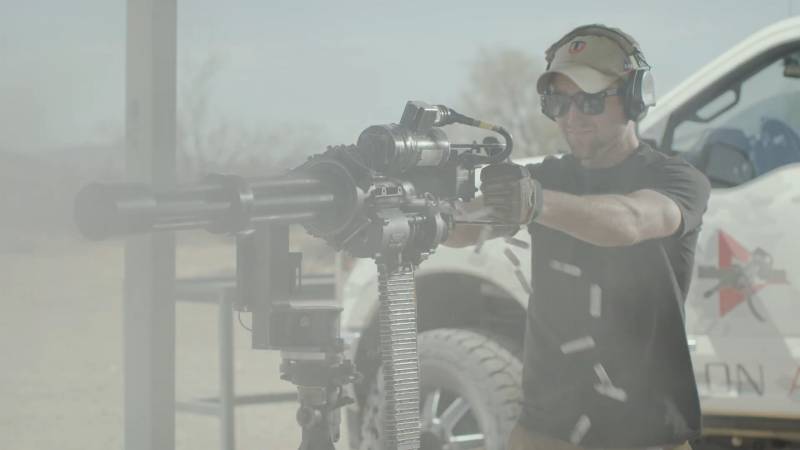
Information